Canon introduced the much-anticipated flagship models of its full-frame EOS R camera system. The EOS R1 and EOS R5 Mark II offer performance and ease of use. Both utilize the power of two CPUs, and include functions based on deep learning.
Both new camera models now feature a new ‘Accelerated Capture’ imaging platform for the first time, consisting of the new Digic Accelerator processor and the powerful Digic X image processor and fast image cells. In both cameras, the accuracy of the images can be increased (upscaling) by using deep learning directly in the camera.

Thanks to the new imaging platform, both the EOS R1 and EOS R5 Mark II feature the latest version of Dual Pixel CMOS autofocus: Dual Pixel Intelligent AF. Many improvements have been made to it, such as, for example, even more accurate tracking of targets with the help of player face and upper body recognition. There is also the option to save certain faces and permanently prioritize them over other subjects. The new ‘Action Priority’ mode automatically recognizes the most common situations in basketball, football and volleyball, identifying the main target and tracking it in dynamic situations.
The EOS R1 and EOS R5 Mark II have new high-speed image sensors that enable faster shooting speeds and faster image sensor reading. The EOS R1 camera is said to have 40 percent less rolling shutter distortion compared to the EOS R3 camera. The corresponding reduction is 60 percent in the EOS R5 Mark II model.
A new feature of the cameras is a continuous pre-shooting function that captures up to 20 images (EOS R1) or 15 images (EOS R5 Mark II) in heif/jpeg or raw format at any selected frame rate before pressing the shutter button. Both cameras have an effective image stabilizer of up to 8.5 stops.
For videographers, the EOS R1 and EOS R5 Mark II offer 12-bit raw video recording internally to memory card and Cinema EOS Movie Recording recording formats with Canon Log 2 and Log 3, full support for proxy video recording between two cards and four-channel audio. The cameras can shoot both high-resolution still images and Full HD videos at the same time. Both models support WiFi6E/11ax 6 GHz connection for wireless data transmission.
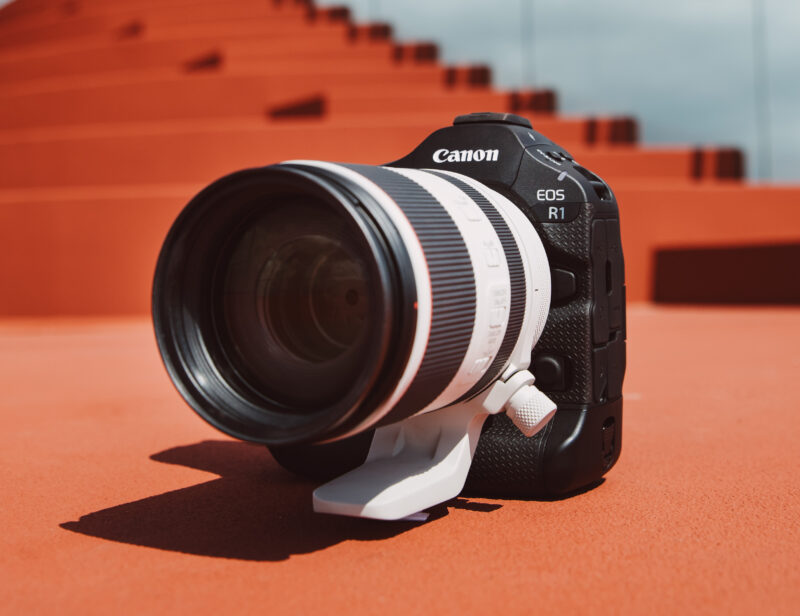

Among the new models, the Canon EOS R1 represents the most robust category, and its features are aimed especially at news, sports and nature photographers. The EOS R1 is also the first camera in the EOS R collection of the EOS-1 series.
The camera has a large, bright and accurate blackout free electronic viewfinder (EVF), with a maximum resolution of 9.44 million pixels.
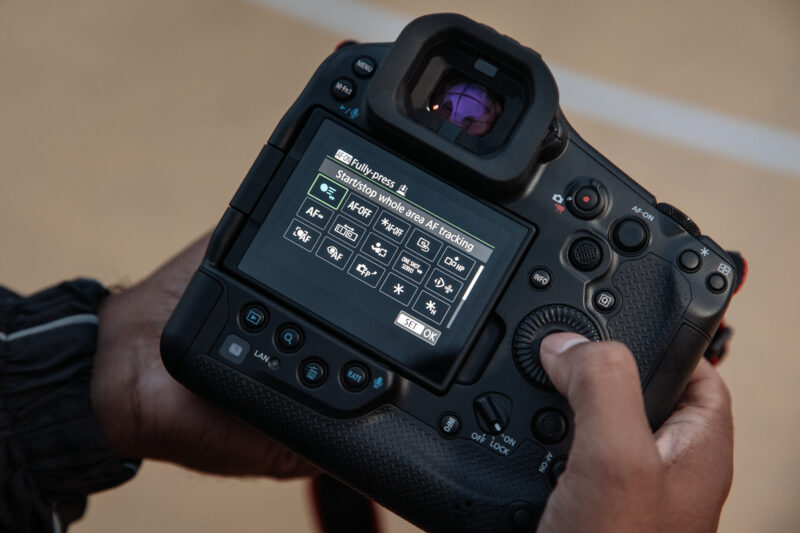

The EOS R1 features a new cross-type autofocus system. It is promised to work even in challenging shooting conditions, such as when focusing on small details and locking the focus to a vertical detail in a situation where there is no horizontal detail in the subject’s autofocus range.
This new technology is a first for Canon and requires a completely new Dual Pixel CMOS AF cell arrangement where the individual light emitting diodes (Gb pubil) of the pixels are rotated by 90 degrees. It enables autofocus tracking sensitivity on both the horizontal and vertical axis of the sensor. The resolution of the camera cell is 24.2 megapixels.
A new feature is also the two-stage autofocus AF-ON button, which allows you to instantly activate two programmable functions with the same button.
The camera has a fast 40 fps electronic shutter and autofocus tracking. The video capabilities of the EOS R1 include internal 6K recording at 60 fps, 4K at 120 fps and Full HD at 240 fps. The EOS R1’s weatherproof body features support for 2.5 Gbps Ethernet and dual-thread FTP data transfer.
The price of the Canon EOS R1 camera is 7999 euros. The hull will go on sale in November 2024.
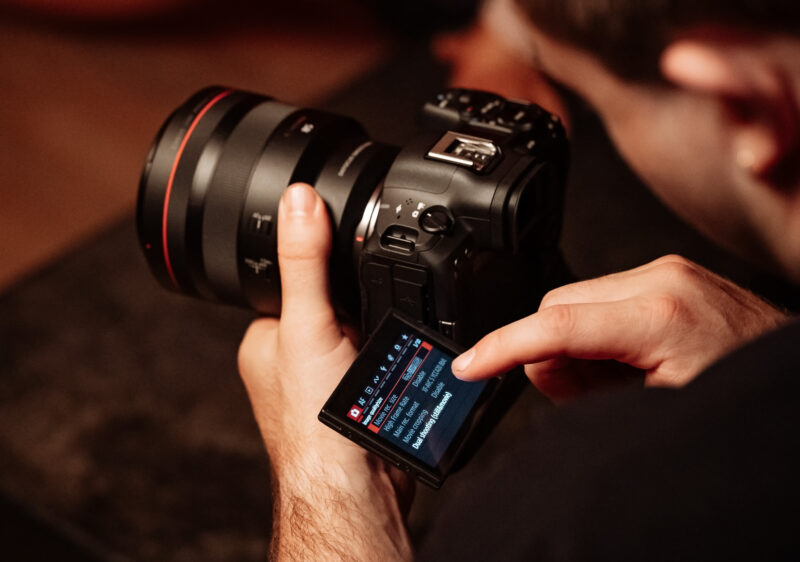

According to the manufacturer, Canon EOS R5 Mark II is aimed at creative storytellers and hybrid photographers. It is a tool for a wide range of applications, from nature photography to wedding photos, event photography, filmmaking and news photography. The EOS R5 Mark II is the successor to the EOS R5 model, which combined high resolution, speed and 8K video performance.
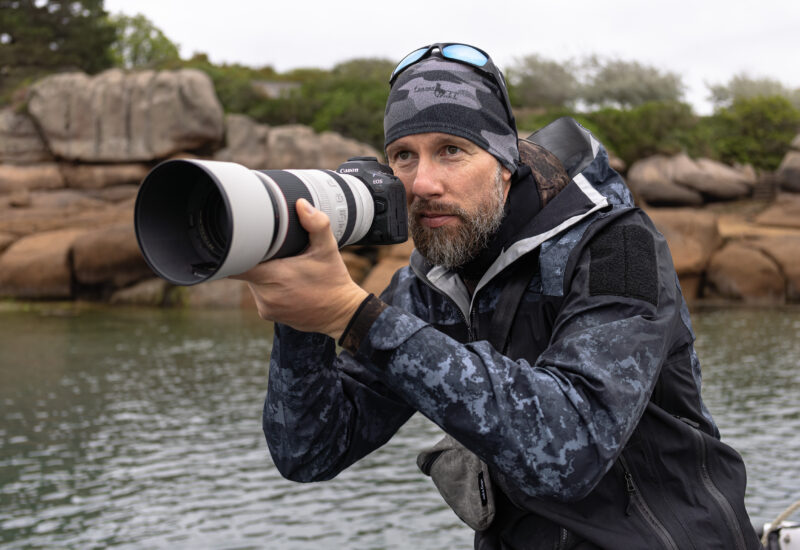

Photo: Canon
The EOS R5 Mark II is designed to capture fast-moving subjects without sacrificing detail. The camera’s features include a new backlit stacked image sensor design with a resolution of 45 megapixels. Autofocus tracking and an electronic shutter capable of speeds of 30 fps, which reduces rolling shutter distortion, are suitable for filming fast-paced action. Continuous pre-shooting mode takes 15 pictures before pressing the shutter button.
Eye Control is now also available for the first time in the EOS R5 Mark II camera, and according to the manufacturer, it is significantly better in both models than in the EOS R3 model. The EOS R5 Mark II camera’s electronic viewfinder is said to be twice as bright as that of the EOS R5.
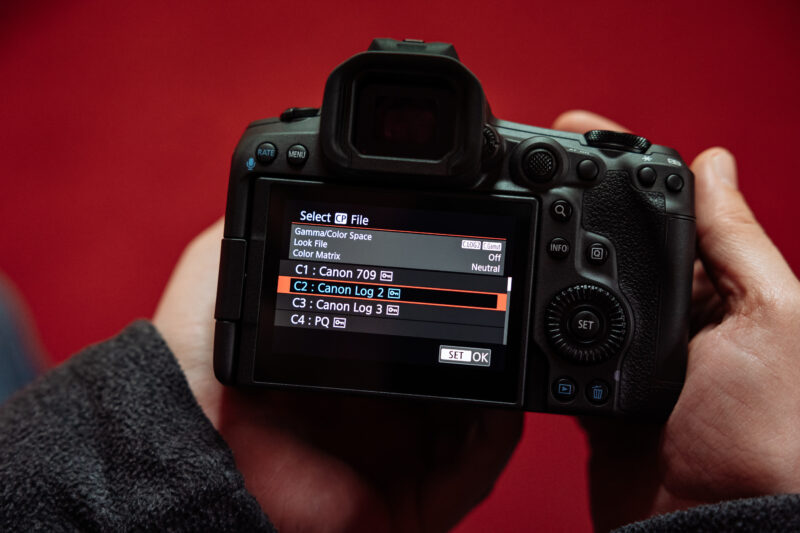

Improved from the EOS R5 model, the EOS R5 Mark II offers video shooting with 8K 60p resolution across the full width of the sensor, internal 12-bit RAW recording, and even 4K video recording at up to 120 frames per second. Proxy video recording option, industry standard file naming and folder structure enhance post-processing workflows. The EOS R5 Mark II offers 2.5 Gbps Ethernet connectivity via an optional vertical grip.
The price of the Canon EOS R5 Mark II camera is 5099 euros and its sales will start in August. The prices of both new frames have already taken into account the value added tax change (25.5%), which will enter into force in Finland on September 1, 2024.
Below is a table of the most important technical data of the cameras.
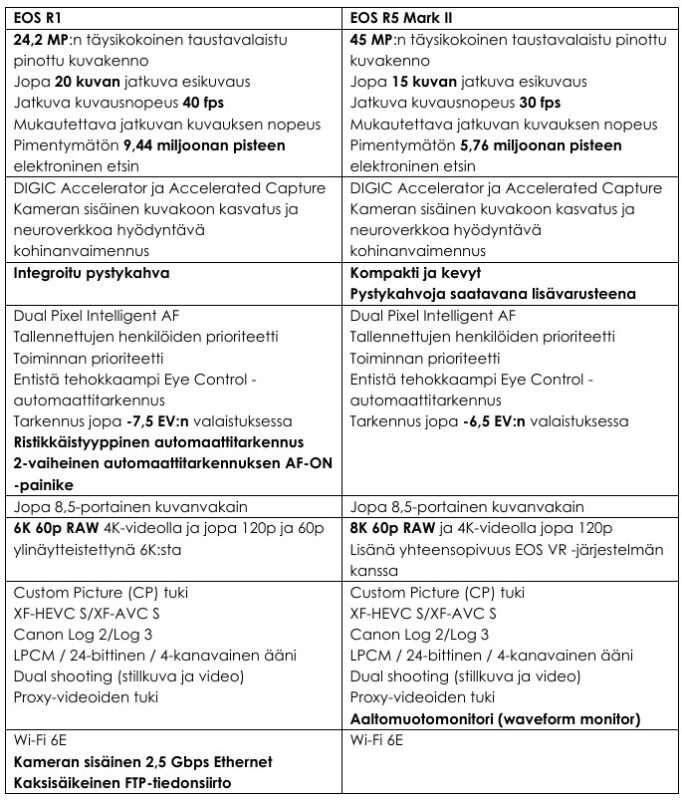

Photo: Canon
Source: muropaketti.com


